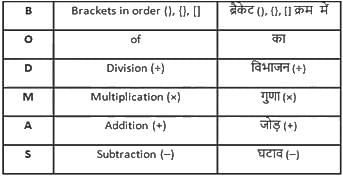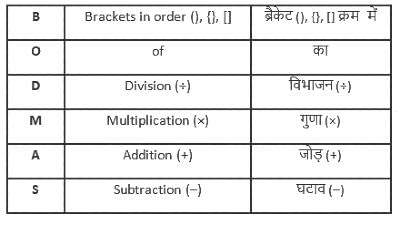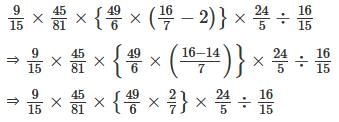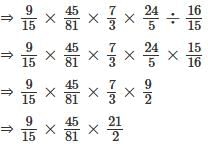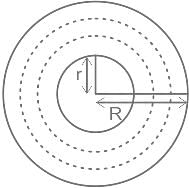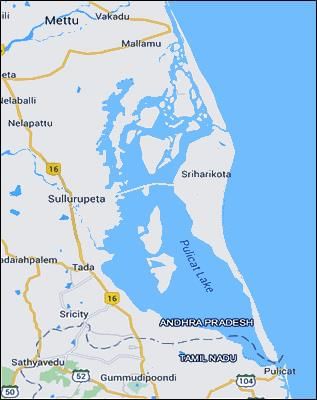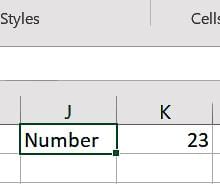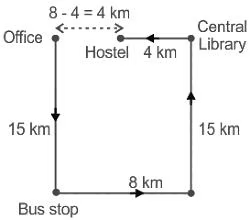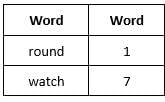RRB NTPC CBT 2 (Level-5) Question Paper (Held On: 12 June 2022 Shift 1) - RRB NTPC/ASM/CA/TA MCQ
30 Questions MCQ Test RRB NTPC - Previous Year Papers - RRB NTPC CBT 2 (Level-5) Question Paper (Held On: 12 June 2022 Shift 1)
The Sanskrit drama 'Ratnavali', about the love story of Princess Ratnavali is said to have been written by ________.
From the given options, which two numbers should be interchanged so that the value of Y becomes 29?
6 × 4 − 5 + 9 ÷ 3 = Y
Who received the World Food Prize 2021, for unlocking the benefits of fish for diet, health and livelihood Across the Global South?
A circular racing track has been developed in a field. If the difference between the outer circumference and the inner circumference of the racing track is 33 m, then find the width of the track (in m).
(Use π = 22/7)
What is the smallest cubic number, which is divisible by 72,108 and 300?
Into how many books is the Akbar Nama divided?
Which of the following lakes is a brackish water lake?
The length of each edge of a cube is 2.6 cm. What is the total surface area (in cm2) of the cube?
In which Schedule of the Constitution of India were 22 languages mentioned?
What is the default alignment of numbers in an Excel Worksheet?
Read the given statements and conclusions carefully. Decide which of the given conclusions is/are true based on the statements.
Statements:
K = P < C; P > Q; Q > L
Conclusions:
I. Q < C
II. K > L
Ramdin started from his office and walked 15 km in the south direction and reached the bus stop, and then turned to his left and walked 8 km straight on the road. From there, he turned to his left, walked 15 km and reached the Central Library. After this, he turned to his left again and walked 4 km to reach his hostel. How far and in which direction is the hostel with respect to his office?
Which of the following sites of Indus Valley Civilization is located in Punjab (India)?
The famous Sardar Sarovar dam has been built on which of the following rivers?
Who among the following was a British reformer, a campaigner for women's rights and a supporter of Indian nationalism?
Study the following arrangement of letters, numbers, symbols and answer the question that follows.
(Left) € A 5 # 6 λ 5 D P A ¥ 8 R 2 Z * Q 9 B L 5 6 % $ H 2 F # 6 (Right)
How many such letters are there in the above series, each of which is immediately preceded by a symbol and immediately followed by a number?
Which of the following is NOT a major factor affecting the population change in a region?
Which Five-Year Plan aimed at accelerating food grain production, increasing employment opportunities and raising productivity with focus on 'food, work and productivity'?
In a certain code language, each word is given a number code. Accordingly, 1875 means 'wound the round watch', 6143 means 'a cake is round', and 7321 means 'watch a round wheel'. Find the code for 'watch'.
The following table presents the expenditure of a company on various heads over five years.
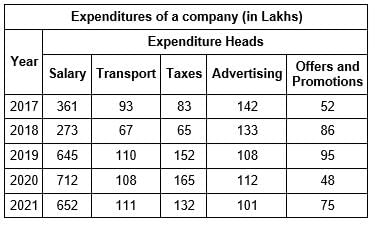
The company's total expenditure in 2017 was approximately what percentage of its total expenditure in 2021?
|
54 docs|20 tests
|


